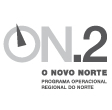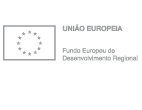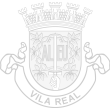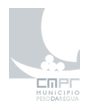Pillars of Pombaline cartography
Add MyTrip
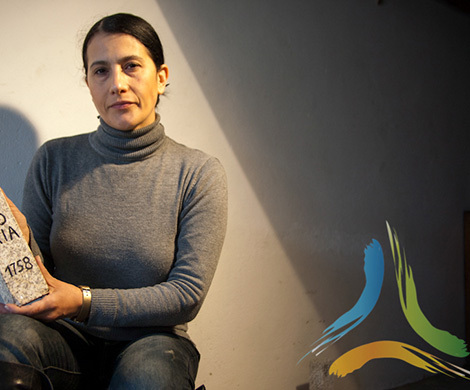
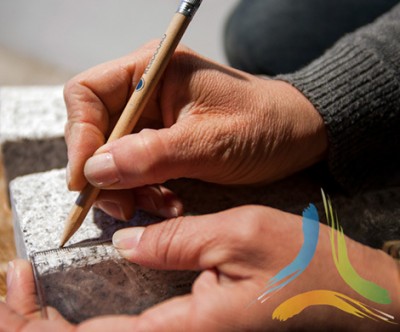
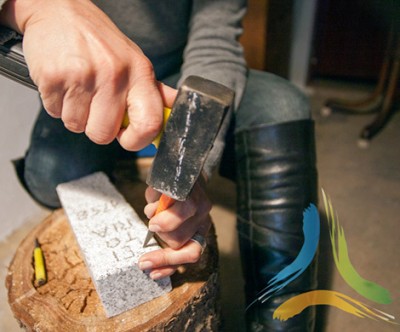
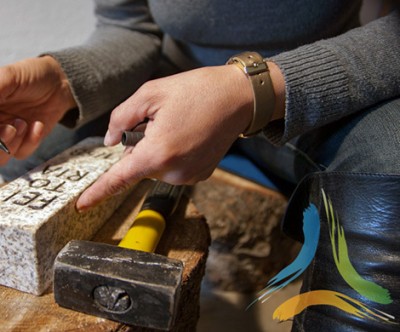
41.15793005168067
-7.783448362396257
Pillars of Pombaline cartography
Symbols of the agricultural architecture of the Douro, the Pombaline markers remain as silent guardians of the areas where the best nectar was produced. The works of Anabela Teixeira are miniatures of these icons of the oldest demarcated...
Presentation
Symbols of the agricultural architecture of the Douro, the Pombaline markers remain as silent guardians of the areas where the best nectar was produced. The works of Anabela Teixeira are miniatures of these icons of the oldest demarcated region in the world.
If "in designing the landscapes of the Douro Nature employed a similar paper to that of Michelangelo: it was robust, solemn and profound" (Alexandre Herculano), the markers ordered to be placed by the Marquis of Pombal measure up to it.
Made of carved ashlar, they are rectangular in shape, with a smooth finish and the main face inscribed and turned to the path. The inscription shows the word "Feitoria", the numerical indication of the marker and the date on which it was placed in situ.
In 1758, under the jurisdiction of the Companhia Geral da Agricultura das Vinhas do Alto Douro, 201 “makers markers” were erected, and in 1761, a further 134.
Numbered 1 to 335, the markers were spread over twelve Douro municipalities and, in October 1946, they were classified as constructions of public interest.
These monolithic granite stones were approximately two metres high (part of which was buried), about 30cm wide and 20cm deep. Anabela, 43, recreates them with dimensions which are a maximum of 22.5cm high by 7cm wide and 5cm deep.
The idea of reproducing the markers in miniature came in 2003, as a result of a school project. "A friend of mine had a farm where they discovered a Pombaline marker embedded in the house, and we began to explore the idea," she says. It was the Pombaline marker number one, on the southern bank, which had been buried in a house at Quinta de São Gonçalo da Ribeira, in Barrô (Resende) for 149 years.
In 2007, research by the Douro Museum concluded that of the 335 Pombaline markers placed in the Douro, only 105 were referenced. Many had been destroyed and others ended up being buried, embedded in walls or toppled over and hidden among old scrub. Some ended up being used for flower beds, as supports for wine casks, as sills and lintels for doors and windows or as bridge supports.
As well as setting the boundaries of the territory, the demarcation included the preparation of a registry and classification of the plots of land, according to quality.
Method of recreation
Anabela makes her replicas of the Pombaline markers "slowly" so that, between polishing the edges, engraving the letters, placing the velvet paper to protect the base and making the cardboard boxes to hold them, it takes at least two or three days.
After purchasing the granite stones of the right size, she is faced with the need to thin out and file, with special drills, the base and the more salient and rough edges.
In the next phase, Anabela traces the markings in pencil and, with the help of a sharp punch and a hammer, she etches the rock "until she gets the necessary depth for the letters and the numbers to be well marked." It is crucial during the whole process to be careful not to chip or break the stone.
With the characters ("No. 1 Feitoria" or "Feitoria 1758") carved, the concavities torn in the stone are painted with a black pencil to give it a "more rustic" look, or alternatively using India ink. Finally, velvet paper is stuck on the base so that the marker doesn’t scratch the surfaces on which it is placed.
Tourist emblem
Anabela’s markers are purchased by tourists and "local people", who regard them as "very interesting". "Normally, they do not know what they are. So, I wrote a text to accompany them," she adds.
The accompanying document explains that the Pombaline markers defined an imaginary line that traced the boundaries of the region authorised to produce “Feitoria” wines.
The replica of the markers can be used as a decorative piece, as a paperweight or as a bookend (to hold books on a shelf, to avoid them falling or being deformed). A marker measuring 22.5cm x 7cm costs 26 euros.
Text: Patrícia Posse | Daniel Faiões
Schedules/Prices
Contacts
Owner/Responsible
Anabela Teixeira
Anabela Teixeira
Address
5050 Peso da Régua
Other points of sale:
Rota do Vinho do Porto (Largo da Estação de Peso da Régua, +351 254 324 774 / +351 967 914 043)
Douro WonderfulEvents (Rua João de Lemos 2, Loja A11, Peso da Régua/ +351 254 318 046)
Amigos Abeira Douro (Apartado 40, 5054 Peso da Régua)
Garrafeira e Artesanato Douriense, Lda (Lugar do Torrão, Valdigem – Lamego / +351 254 313 504)
5050 Peso da Régua
Other points of sale:
Rota do Vinho do Porto (Largo da Estação de Peso da Régua, +351 254 324 774 / +351 967 914 043)
Douro WonderfulEvents (Rua João de Lemos 2, Loja A11, Peso da Régua/ +351 254 318 046)
Amigos Abeira Douro (Apartado 40, 5054 Peso da Régua)
Garrafeira e Artesanato Douriense, Lda (Lugar do Torrão, Valdigem – Lamego / +351 254 313 504)
Cellphone
+351 917 358 536
+351 917 358 536
Latitude
41.15793005168067
41.15793005168067
Longitude
-7.783448362396257
-7.783448362396257







